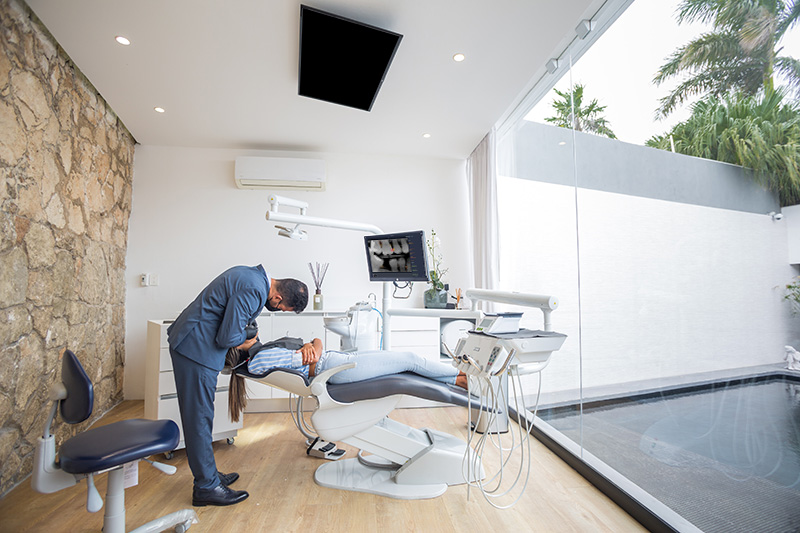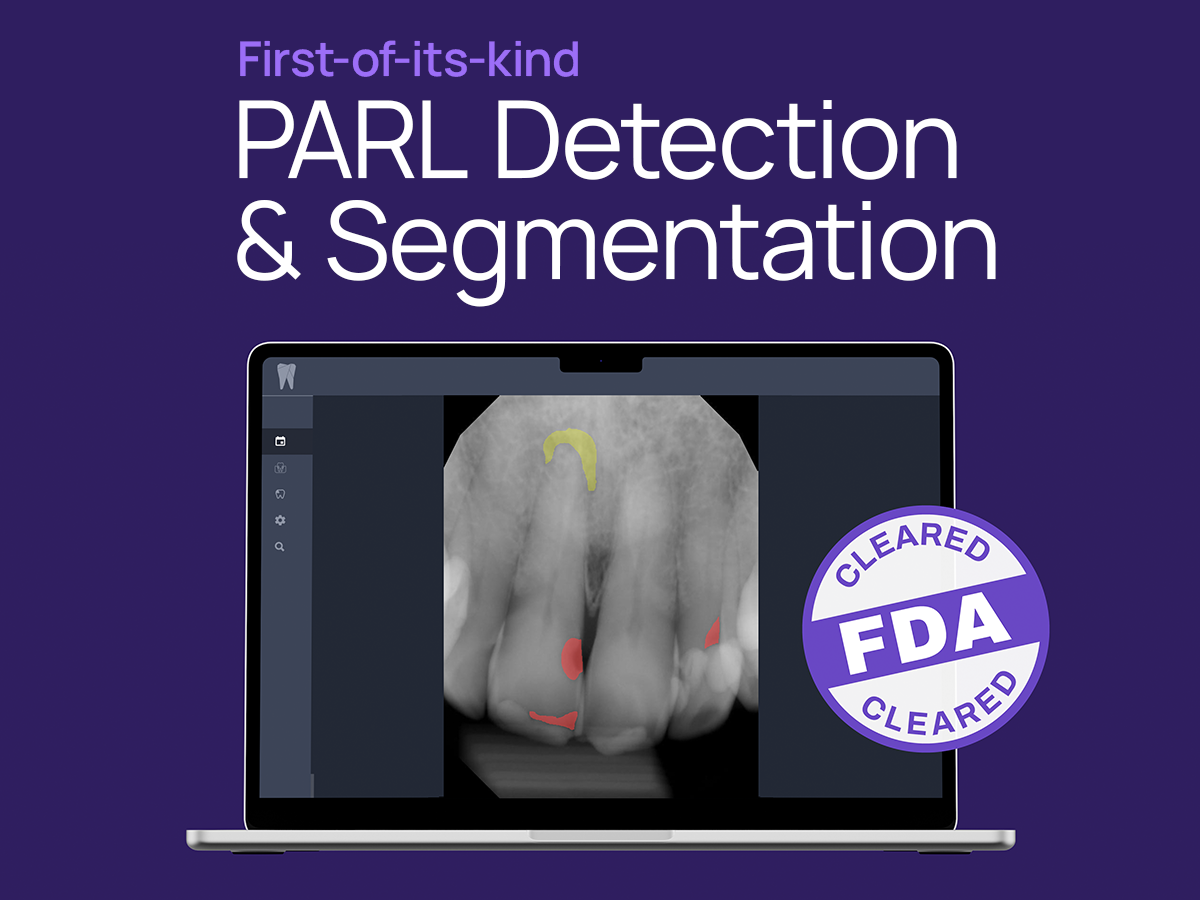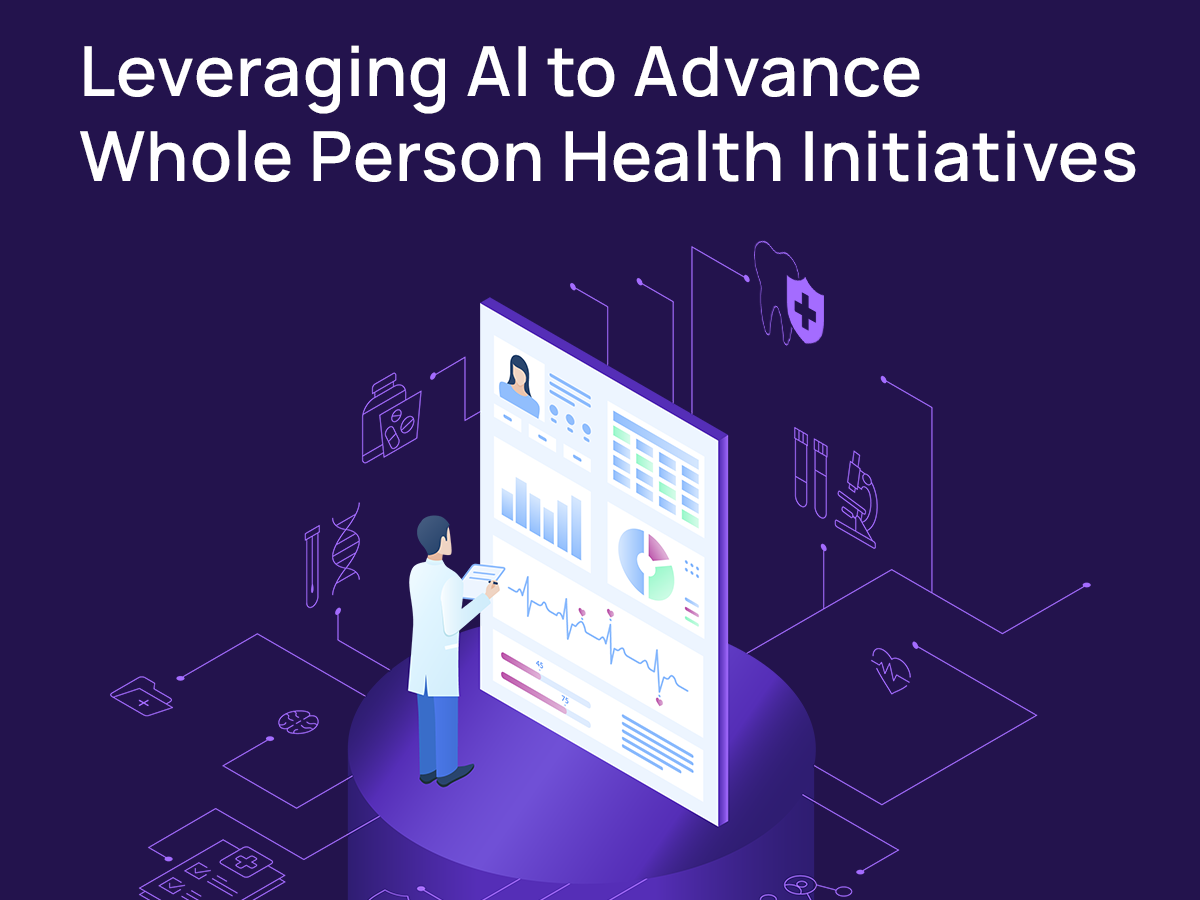Being on-the-same-page. That’s essential to creating care standardization and alignment across your DSO.
Dental professionals would agree that the preventive care model is and has been the standard. And for good reason given its focus on disease prevention.
Even so, patient care can be complicated the more opinions there are – dentist to dentist. Expert diagnosis considered, patient trust is at risk without some form of a data driven standard of care.
Plus…
Care variations have the potential to complicate provider revenue streams and payer costs.
A dental juxtaposition
As you know, dentists work on two tracks.
- Track one: clinical diagnosis and care
- Track two: leading and managing a practice
The DSO model creates a supportive environment for both. Although there exists the ongoing reality of balancing patient care and the challenges of the daily practice culture.
Diagnostic skill and expertise rely on clinical training and available technology (e.g. imaging, etc). A dentist’s additional qualifications support procedures ranging from teeth cleanings to advanced surgical treatments.
And there’s the weight of practice leadership and management that encompasses financial, operational, and team related tasks.
Data fills the gap for each. But utilizing available data for decision-making can present challenges.
Available but under-utilized data
No doubt, the quantity of data collected during a routine, bi-annual hygiene appointment is high (compared with that collected during a routine physical exam).
- Teeth are cleaned and examined
- Bone and gum health are analyzed and diagnosed
- Mouth and tissue screenings help pinpoint disease
Prior to digital technology, gathered data would often go unused.
Lack of care standardization
It’s concerning to discover varied diagnoses across dentistry. What’s to blame?
- Inadequate training and skill development
- Exams lacking depth
- Lack of decision-making standards
- Variations in common disease treatment due to standard guidelines
Treatment planning that doesn’t align with changes to care protocols impacts decisions. On-the-fly calculations are much less reliable than guidelines-based objectivity.
Available data can often be at the mercy of available time to follow established guidelines. There must be a better way!
AI (Artificial Intelligence) advancements create care standardization and alignment
Digital information becomes more useful with the advancement of AI technology.
”Now is the time to utilize this digital information and take advantage of advancements in AI and computer vision to build AI models and advanced algorithms that automatically analyze patient data and provide tools for better decision making. This approach will drastically change how dentistry is practiced.” [1]
An equipped and capable AI platform can pioneer “Computational Dentistry” –
“…a field that incorporates multiple types of digital information (radiographs, photographs, scans, biomarkers, medical history, dental history, etc.), and uses artificial intelligence and mathematical modeling to create diagnostic inference and proposals for patient-specific treatments. This approach encodes dentists’ understanding of disease identification and progression into precise, bias-free and repeatable frameworks to provide tools for better decision-making.” [2]
Consider the impact on dentistry and improvement to care quality for:
- Dental practices
- Payers
- Manufacturers
- Distributors
- Labs
And further consider the practical impact of AI innovation.
An increase in dental practice revenue
Consolidation has shifted the dental practice environment since 2010. As a result solo/private practices have increased the number of group practices.
And “large, multi-dentist, and multisite group practices run by corporations or funded by private equity” have produced substantial industry growth. [3]
Multi-site, group, and DSO expansion leads to an awareness of efficiency and cost control. There’s also the concern about maintaining a high standard of care that keeps pace with organizational growth.
- AI helps individual practices and entire organizations scale
- AI provides patient data analysis for easy review
- AI improves efficiency, helps reduce diagnostic errors
- AI “aggregates” all practice data for more insightful practice management and decisions about “purchasing, staffing,” and team training.
These values have the potential to increase revenue and care quality.
Cost reduction for dental payers
Dentists hired by dental insurance companies to review claims are bound by manual processes. Varied diagnoses and agreement on reimbursements present challenges.
- AI software can provide automated data analysis of claims. Results are unbiased and repeatable.
- Claims review costs can be reduced for payers.
- Diagnostic codes and improved metrics can be created automatically.
The payoff leads to a “value-based insurance system.” That means more accessible and affordable dental care.
Improved dental care quality and accessibility for patients
”The U.S. Surgeon General has declared oral disease a “silent epidemic” as over 80 million patients lack access to dental care.” [4]
The systemic connection between oral health and overall physical health is vital to patient care quality. Lack of integration between the two has serious consequences – especially for the elderly and low income demographics.
- Technology (such as AI) has a major impact on the integration of oral health and general physical health.
- Teledentistry (utilizing AI) can help with the integration when used by hygienists or nursing providers.
- AI can standardize a diagnosis and enhance the ability to visualize disease through images. This produces better communication between dentists.
AI accomplishes this leading to an increase in patient trust and treatment acceptance. Data driven, standardized dental care gets providers across your organization on-the-same-page.
That’s a consistent win for you and your patients!
Proven AI technology is trusted by many of the largest DSOs and insurance companies.
Overjet is the global leader in dental artificial intelligence, helping both payers and providers improve patient care. Founded by experts from MIT and Harvard School of Dental Medicine.
Overjet has assembled a large and seasoned team of technologists and domain experts with deep AI, dental, and insurance experience.
[1] Wardah Inam, CEO Overjet, Towards Data-Driven Dentistry and Standardized Care
[2] Wardah Inam, CEO Overjet, Towards Data-Driven Dentistry and Standardized Care
[3] Wardah Inam, CEO Overjet, Towards Data-Driven Dentistry and Standardized Care
[4] Harold Pollack. “85 million Americans lack dental coverage. Fixing that requires more than just money”, 2013.











